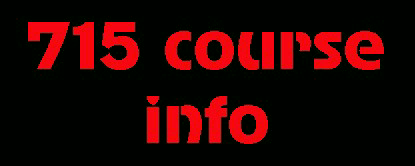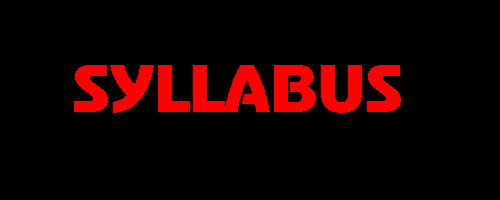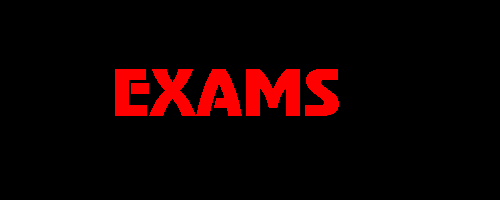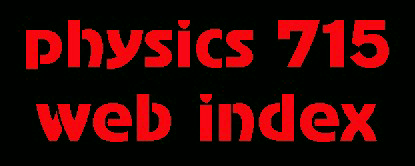 |
 |
|||
 |
||||
 |
||||
 |
 |
 |
 |
|
 |
 |
|||
 |
||||
 |
||||
 |
 |
 |
 |
|
COURSE INFORMATION
PHYSICS 715, STATISTICAL MECHANICS
Instructor:Loyal Durand |
 |
A very interesting discussion of historical developments in statistical mechanics is given in a talk by C.N. Yang, one of the modern masters of the subject. We will see many of the things he discusses during the semester.
The problems are intended to give you practice in using statistical mechanics in a various physical situations. The problems are not always simple - the icons on the html version indicate the difficulty of the problems for most students - but are designed to illustrate a variety of techniques, some perhaps not familiar. Some of the problems require numerical work, in part to get you familiar with typical numbers in applications, and in part to get you connect the outcome with theory. Nothing more than a scientific calculator, graph paper, and a table of integrals is actually needed, but you will probably want to use Mathematica, Maple, Matlab, Fortran, or some other computer program for a few problems. Another useful tool is The Integrator for calculating integrals analytically. However, beware: the results you get with any of these programs may not be transparent. Your emphasis should be on developing an understanding of the results. We will introduce a number of approximation methods which will simplify the results in many cases and help you develop that understanding. Learn to use them when appropriate!
Problem solutions will be put on reserve in the library after the due date. No late homeworks are accepted without prior arrangement.
Students in the class are strongly encouraged to discuss the problems with other students, and to work together on their solution. I am happy to discuss the problems and give hints, but you may learn more from your fellow students! Most physics is done in collaborations, and this will give you practice in working in a collaborative setting, something expected by most potential employers of physicists.
My grading scale is normally 87-100 for A, 70-86 B, 60-69 C, with AB used in the area approaching the B to A transition. I don't raise the cutoffs, but may dip below the levels stated if an exam turns out to be too hard, if a person started poorly but demonstrated real improvement during the semester, or in other exceptional circumstances.
References on reserve in the Physics Library, 4220 Chamberlin